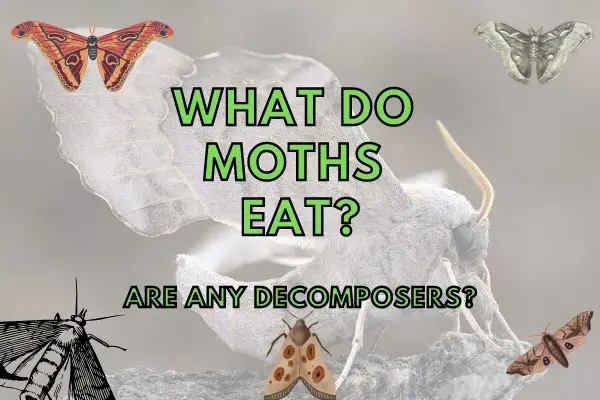Moths are often thought of as pests that feast on clothes and carpets, but there is a lot more to these creatures than meets the eye. Moths are actually interesting animals with a complex diet that helps them survive in a wide range of environments.
Moths as a group are actually omnivores, which mean they will eat just about anything. In the wild, moths feed on nectar from flowers, sap from trees, fruit, and even keratin from animal feathers and hair. This diet makes moths primary and secondary consumers in the food chain.
While moths are often considered pests, they can actually be beneficial to humans. Some species of moths help pollinate plants, and others help control populations of harmful insects. So next time you see a moth in your home, take a moment to appreciate these fascinating creatures!
Contents
Which Moths are Carnivores?
Moths are primarily herbivores. However, moths eat both animal and plant matter. Some species of moths can feed on the skin cells of animals and fungi, but most moths eat plant matter.
The gopher tortoise moth and its caterpillar is an interesting example of a carnivore moth that depends on and can only survive by eating a certain type of food – the skin of the gopher tortoise!
This moth belongs to the Ceratophaga genus of horn moths that feed primarily on keratin of animals that is found in nails, hair, hooves and in the shell of a tortoise!
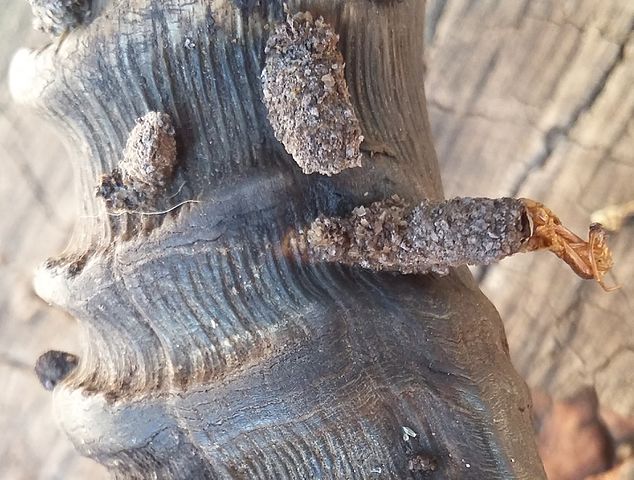
The gopher tortoise is a federally-protected animal but their carcasses are the main source of food for the gopher tortoise moth, who feeds on the creature’s protein known as keratin.
The keratin binds the large shell plates of the gopher tortoise together. Keratin supplies the entire lifecycle of the gopher tortoise moth.
The minute eggs are laid on the dead animal at night by a female moth, who is attracted to the carcass.
The hatching eggs also show an attraction to the tortoise. In order to protect themselves from predators, the gopher tortoise caterpillar secretes a protective tube made mostly of silk and covered with grains of sand.
The gopher tortoise eggs lay just below the dirt and allow the newly hatched creature to walk its body underground, keeping its elongated body safe from predators and weather.
Are Moths Producers, Consumers or Decomposers?
As a biologist with experience in the field, I can confidently say that moths are primarily consumers in the ecological food web.
They belong to the order Lepidoptera, which also includes butterflies. Moths, like their butterfly counterparts, are insects that undergo complete metamorphosis, progressing through distinct life stages: egg, larva (caterpillar), pupa (chrysalis), and adult.
Moths are known for their diverse feeding habits, and they exhibit a wide range of dietary preferences depending on the species. Some moths are herbivorous, consuming plant matter such as leaves, flowers, and nectar.
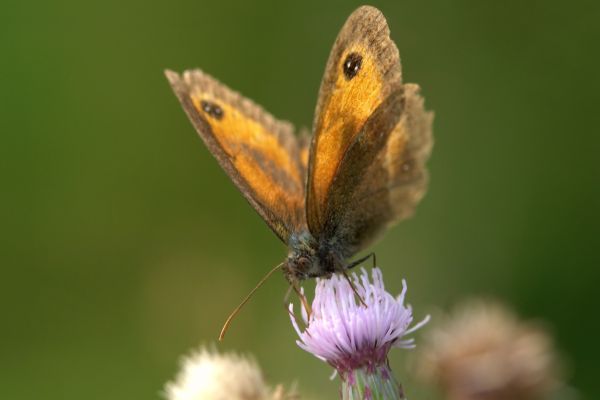
These herbivorous moths play important roles as pollinators, aiding in the transfer of pollen from one flower to another, thus facilitating plant reproduction. I vividly remember observing the graceful flight of moths as they hovered over flowers, collecting nectar with their long proboscis.
Other moths are carnivorous or omnivorous, feeding on a variety of food sources. For instance, some moth larvae are specialized predators, preying on other insects or their eggs.
This predatory behavior helps control populations of potential pests, making moths beneficial to agriculture and ecosystem health. As a biologist, I have marveled at the intricacies of moth larvae hunting down their prey, displaying remarkable adaptations such as camouflage and silk traps.
While moths primarily function as consumers, it is worth noting that they can indirectly contribute to decomposition processes. Moth larvae, commonly known as caterpillars, often feed on decaying organic matter, including dead leaves, fruits, and other plant debris.
By consuming and breaking down this organic material, caterpillars aid in the decomposition process, releasing nutrients back into the soil. These nutrients can then be utilized by plants, promoting their growth and overall ecosystem productivity.
Additionally, as moths complete their life cycle, the adult stage often plays a role in decomposition. Adult moths, like many insects, have relatively short lifespans. After mating and laying eggs, they may die and become part of the organic matter in the environment. Through microbial and invertebrate activity, the bodies of deceased moths can undergo decomposition, contributing to nutrient cycling and ecosystem dynamics.
In conclusion, moths primarily function as consumers in the ecological food web. They display a diverse range of feeding habits, including herbivory, carnivory, and omnivory.
While some moths are beneficial pollinators and others act as predators, aiding in pest control, they can also indirectly contribute to decomposition processes by consuming decaying organic matter.
The intricate interactions of moths with their environment demonstrate the complexity and interconnectedness of ecosystems, emphasizing the crucial role that these fascinating insects play in maintaining ecological balance.
Habitat and Diet of Moths
As a biologist with experience studying moths, I can provide you with an elaborate description of their habitat and diet. Moths, belonging to the order Lepidoptera, are a diverse group of insects that exhibit a wide range of adaptations to different habitats and diets. Their ecological success can be attributed to their ability to occupy various niches and exploit diverse food sources.
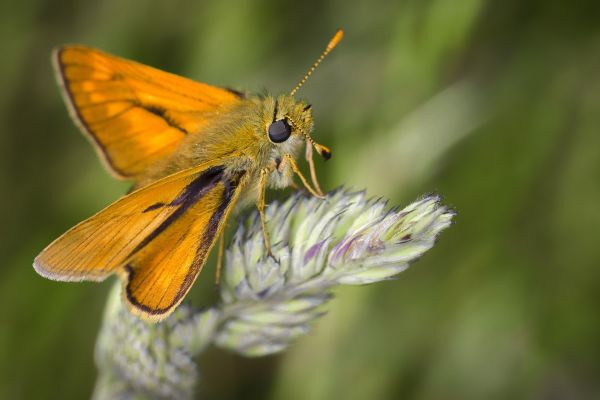
Moths are found in almost every terrestrial habitat on Earth, from lush tropical rainforests to arid deserts, and from high mountains to lowland grasslands.
They have even adapted to urban environments, where they can be found fluttering around streetlights and porch lamps. Personally, I have had the opportunity to observe and study moths in a variety of habitats, and each encounter has been a fascinating experience.
Moths are incredibly diverse in terms of their diet, which largely depends on their specific species and life stage. Most moth species undergo a complete metamorphosis, progressing through egg, larva (caterpillar), pupa, and adult stages. The larval stage, in particular, is when the majority of feeding takes place. Caterpillars are voracious eaters, and they have evolved to feed on a wide array of plant materials.
Some of the most common food items eaten by moths are:
- Nectar
- Sap
- Fruit
- Keratin
- Fungi
During my fieldwork, I have witnessed the feeding habits of various caterpillars firsthand. Some moths, like the silk moths (Saturniidae), feed primarily on the leaves of specific plants, such as oak or willow trees.
I recall observing the larvae of the luna moth (Actias luna) delicately devouring the tender leaves of a young black cherry tree. It was mesmerizing to see the caterpillars methodically strip the foliage while avoiding the toxic compounds that many plants produce as a defense mechanism.
Other moths have more specialized diets. For instance, the hawk moth (Sphingidae) caterpillars are known for their preference for nectar-producing plants like honeysuckle and tobacco.
I vividly remember watching a hummingbird hawk moth caterpillar meticulously feeding on the tubular flowers of a honeysuckle vine, its body blending perfectly with the plant as it gathered nourishment.
However, not all moths are herbivores. Some species have evolved to feed on other food sources. One group of moths, known as the giant silk moths (Saturniidae), are famous for their caterpillars’ voracious appetite for leaves.
These caterpillars devour vast amounts of foliage to fuel their growth and development. I recall studying the behavior of the Cecropia moth caterpillar (Hyalophora cecropia) and marveled at how quickly it could consume an entire branch of leaves within a few days.
While most moths feed as larvae, adult moths have different dietary requirements. Adult moths have a specialized feeding structure called a proboscis, which they use to suck up liquids. Some species, like the hummingbird hawk moth (Macroglossum stellatarum), have exceptionally long proboscises that allow them to feed on the nectar of flowers with deep corollas. These moths play an essential role in pollination, transferring pollen from flower to flower as they feed.
In my studies, I have observed the intricate relationship between moths and their plant hosts. Some moths have even developed a mutualistic association with specific plants. For example, the yucca moth (Tegeticula) is dependent on yucca plants for both its larval development and adult feeding. The female yucca moth collects pollen from yucca flowers and uses it to fertilize the flowers of another yucca plant, where she lays her eggs.
Feeding Habits of Moth
Moths use their long proboscis (tongue) to reach deep into flowers to drink nectar. They also use their proboscis to pierce fruit and tree bark to drink sap. When feeding on keratin-rich materials like skin and hair, moths will first soften the material with their saliva before eating it.
What Type of Consumer is a Moth?
As a biologist with experience in the field, I can tell you that moths are classified as herbivorous insects and are considered primary consumers in the food chain. They primarily feed on plant material such as leaves, flowers, and fruits. However, it is important to note that not all moths are herbivorous, as some species have evolved to become predators or scavengers.
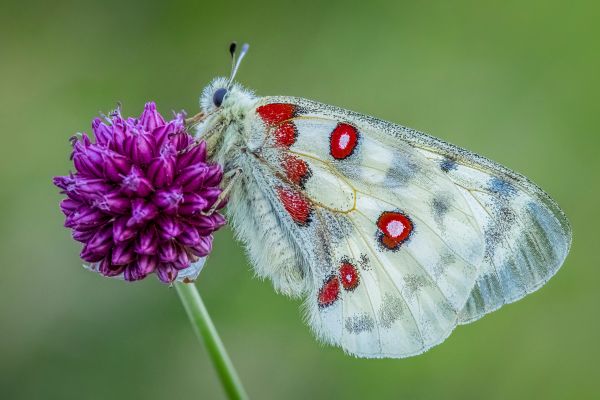
Moths have co-evolved with plants over millions of years, developing specialized mouthparts to suit their feeding habits. Most moths have a proboscis, a long, tubular mouthpart that they use to extract nectar from flowers. This adaptation allows them to access the sugary nectar produced by flowers, which serves as a rich energy source for their survival and reproduction. I have personally observed numerous species of moths delicately extending their proboscis into the depths of flowers, carefully sipping nectar while fluttering their wings in a mesmerizing pattern.
While nectar is a common food source for many adult moths, the larvae, commonly known as caterpillars, have a more diverse diet. Caterpillars typically feed on leaves and sometimes flowers of various plant species. Some species of moth caterpillars are highly specialized, feeding exclusively on a particular plant species or even a specific part of a plant. I remember a fascinating encounter with a Luna Moth caterpillar that I found munching on the leaves of a birch tree. Its vibrant green color and distinct markings were a beautiful sight in the wilderness.
The feeding habits of moth caterpillars can have significant ecological implications. In some cases, caterpillars can cause defoliation in certain plant populations. This defoliation can have both positive and negative impacts on the ecosystem. On one hand, it may stimulate new growth in plants, leading to increased biodiversity and providing food and habitat for other organisms. On the other hand, excessive defoliation can stress or even kill the plants, disrupting the delicate balance of the ecosystem. I recall a research project I was involved in, studying the effects of gypsy moth caterpillars on oak trees in a forested area. The voracious appetite of these caterpillars caused extensive defoliation, impacting the overall health of the oak tree population and affecting the diversity of organisms that depended on them.
It is worth mentioning that not all moth species feed on plants. Some moths have evolved to become predators, feeding on other insects or even small vertebrates. For instance, the well-known hawkmoth larvae are known to prey upon other insects, while the vampire moth, found in certain regions of Asia, has developed a taste for blood, feeding on the fluids of sleeping animals. During my fieldwork in Southeast Asia, I was fortunate to witness a hawkmoth larva swiftly capturing a caterpillar and devouring it. Witnessing this act of predation emphasized the incredible diversity of feeding strategies that moths have adopted over time.
In conclusion, moths are predominantly herbivorous insects and are considered primary consumers in the food chain. They play vital roles in pollination and plant-herbivore interactions, contributing to the overall biodiversity of ecosystems. However, it is important to acknowledge that there is a subset of moth species that have evolved to become predators or scavengers, showcasing the remarkable adaptability and versatility of these fascinating creatures. My experiences in the field have provided me with a profound appreciation for the ecological significance of moths and their diverse feeding habits.
Can Moths be Considered Decomposers?
Yes, some moths are decomposers. Decomposers are at the base of the pyramid. They are sometimes also considered secondary consumers because they get their energy from the remains of other organisms.
Depending on the stage at which they eat the decomposing matter, what type it is, and how far they break down their food, they are considered scavengers, detritivores or decomposers.
Insects such as moths play an important role in the decomposition process. Decomposer insects are known as detritivores, which means that they feed on decaying organic material.
This process is essential for creating nutrient-rich soil, and without detritivores, the Earth would quickly become barren.
Some species of moths, the leaf litter moths for example, play important roles in decomposition and are therefore considered detritivores.
The leaf litter moth is a small, brownish-gray moth that is found in wooded areas. The larvae of this moth feed on dead leaves and other decaying vegetation, which makes them important decomposers in the food chain.
Clothes moths can also be considered decomposers in the food chain because they feed on natural fibers such as wool, hair and cotton – dead or alive! This feeding can cause damage to clothing and other fabrics, but also help break down these natural fibres in the environment.
Without these insects, dead leaves and other organic matter would accumulate and eventually choke out new growth.
Where are Moths in the Food Chain?
Moths are mainly primary consumers. They are primary consumers because they get their energy from the plants. However, some are also carnivores and get their energy from other animals.
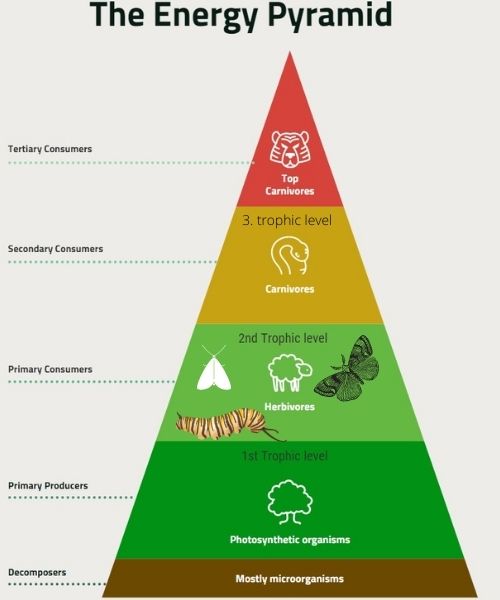
Are Moths Autotrophs or Heterotrophs?
Moths are heterotrophs. Heterotrophs are organisms that cannot produce energy on their own. Moths must get their energy from eating other organisms.
What Animals Hunt and Eat Moths?
Moths are preyed upon by a variety of insects, spiders, birds, reptiles, amphibians, mammals, birds, fish and other animals.
Conclusion
In this post I have looked into the dietary preferences of the moth and what type of feeder it is in the food chain.
Moths are often seen as a pest that is damaging our crops, but they are in fact quite important for pollinating plants. Moths are also an important prey for many different creatures in the food chain.
Moths are very interesting because they have adapted to their environment and have become specialists! Moths are not only interesting because of their diet, but also because they are so beautiful!
The caterpillar of the moth is a very interesting creature and I have previously looked into this animal in a blog post. And they are actually quite similar to butterflies!
If you would like to know more about the caterpillar of the moth, check out my other post on caterpillars.

